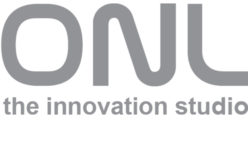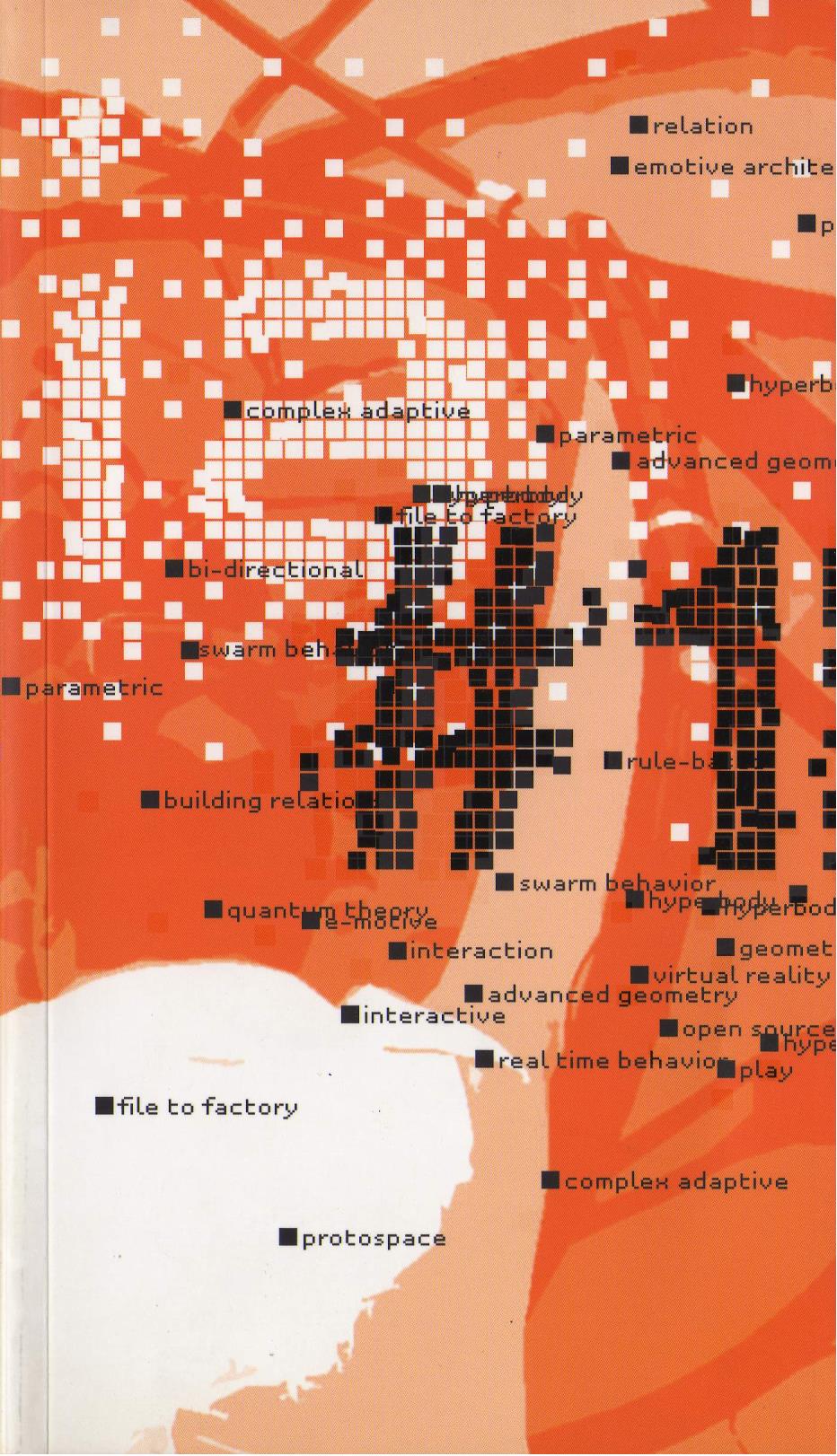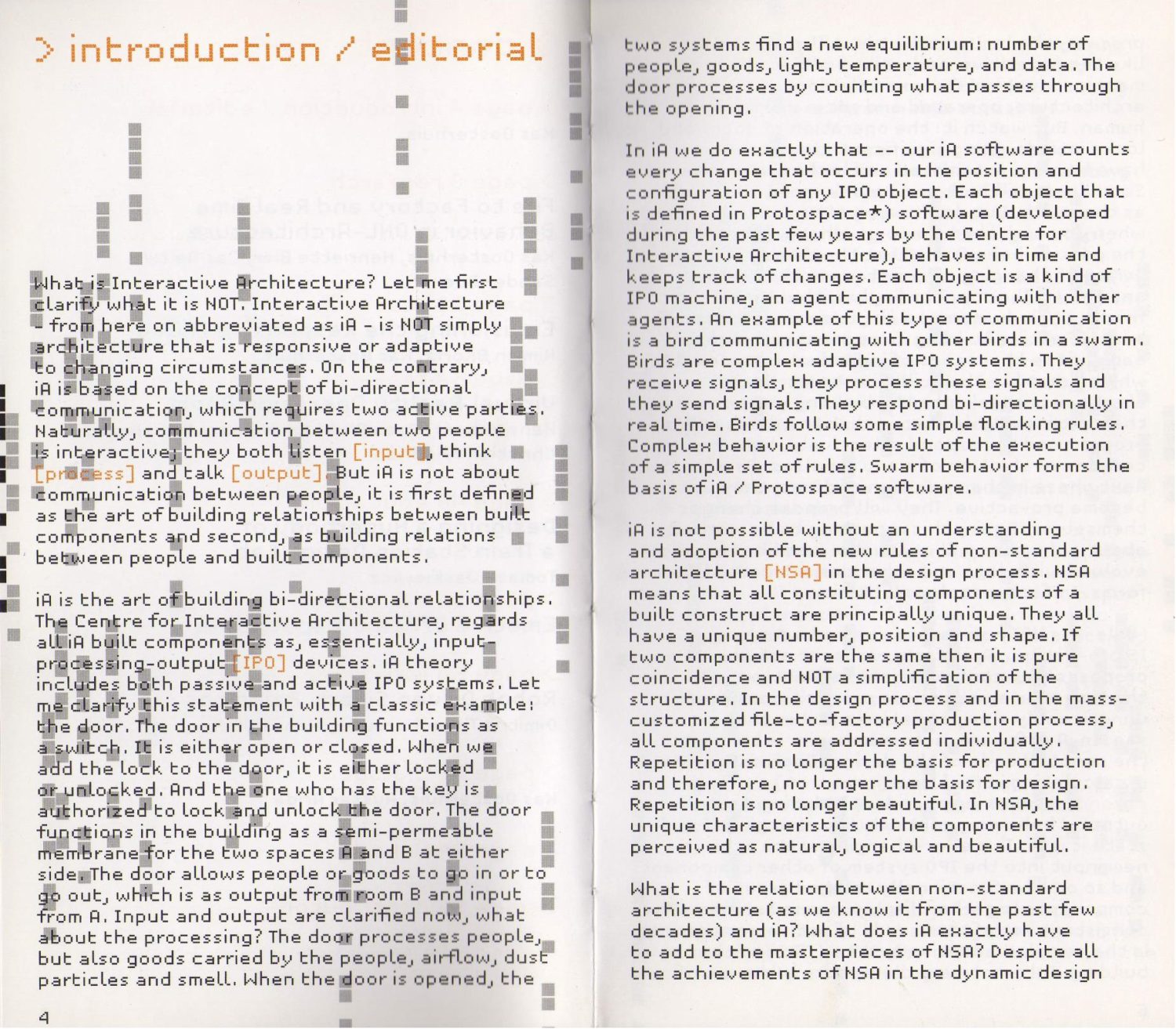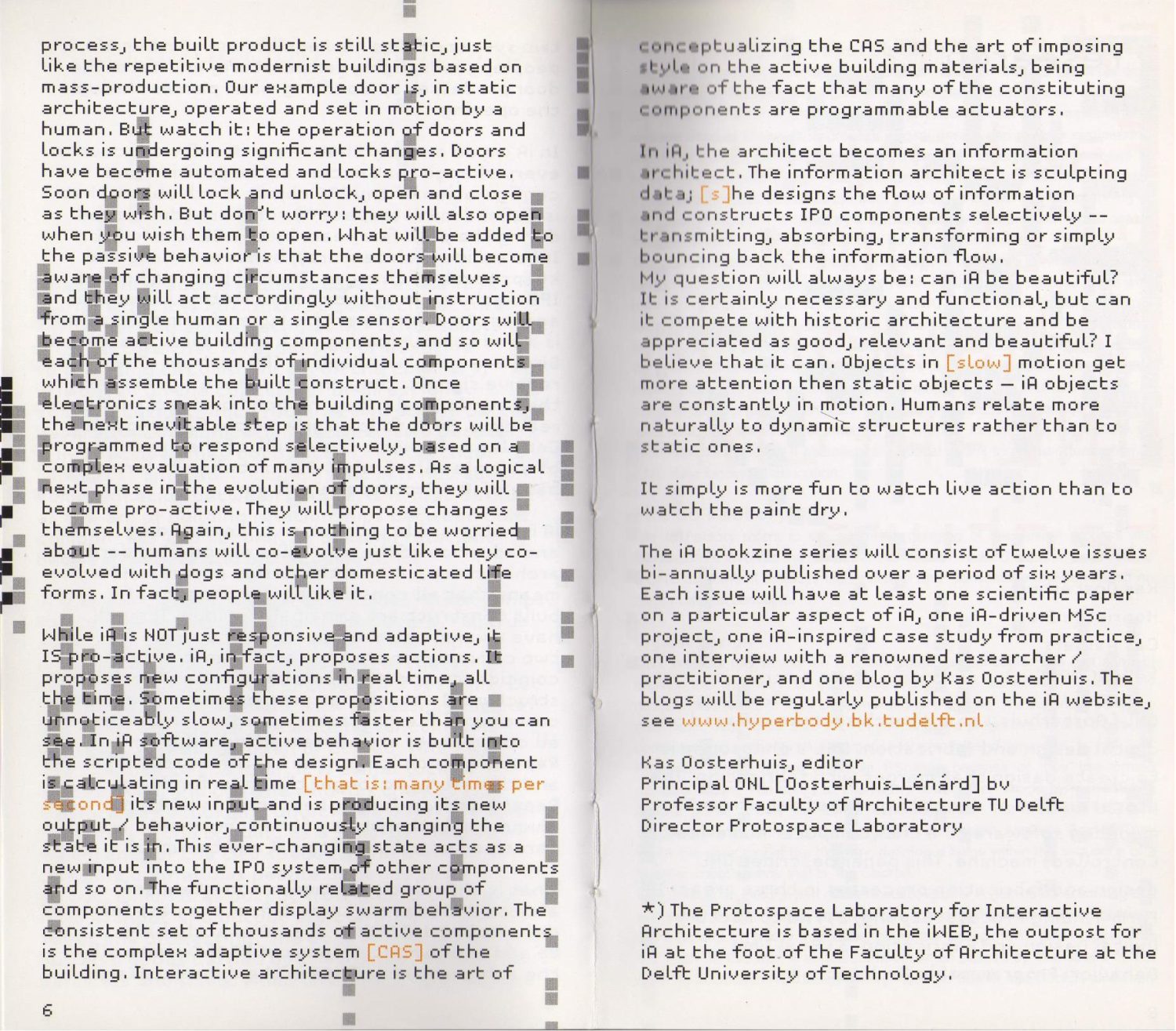iA#1 | iA#2 | iA#3 |iA#4 | iA#5
Style
Why is the body of the iWEB [completed 2002] not a simple box? Why not a symmetrical ellipsoid, why not optimized to lead forces down along the shortest route? In other words, why does the iWEB have style?
The answer: there was a motive, a motivation to allow external forces to intimidate the body. The soft, mouldable building body of the iWEB was placed in a force field where several forces were operational at the same time, all of them motivating the shape of the body.
Vectorial body
As a designer, I needed a vector. I wanted the body to be a vectorial body, a body with a direction, with intention. I wanted it to feel as if it had entered a force field of strange attractors, active both inside and outside the volume of the body, driving the body towards a new formation: nose down, tail up, slim hips.
The language I use for describing the forces are inspired by car design and car styling. Cars are bodies designed with speed in mind; cars in speed are bodies in motion. Our building bodies are not bodies in speed, but certainly they are motive bodies, they certainly are bodies with an intention, a vector.
As I explained in the “Vectorial Bodies”essay [Archis, 1999] the fundamental characteristic of a vectorial body is that the driver / user enters from the sides. The user steps sideways into a body that has the intention to go places. Stepping into a car may take you places, literally. Stepping into a building body like the iWEB, you are absorbed into a spatial experience that takes you places mentally, and, additionally, through the spatial environments projected on the interior skin.
Gina
Once the designer of building bodies – the stylist formerly known as the architect – has learned to give style to the body as a whole, the word “stylist” no longer has the negative connotation of being just a decorator. The stylist becomes the designer who imposes intention and emotion to the otherwise apathetic body shape. The stylist knows how to work with the concept of Powerlines [visual artist Ilona Lénárd], as developed by ONL in the past decade, empowering architecture and art projects.
in the interview with car designer Chris Bangle, he states that architecture is decades ahead of car design when it comes to imposing emotion on the bodywork. I have the opposite impression: doesn’t Bangle realize how advanced his styling work is, and how far architects in general are from getting there? Just look at Bangle’s Gina prototype [2001], and then look at the BMW World by Coop Himmelb[l]au [completed 2007], both conceived in the early post-2000 years, roughly during the same period that I designed he iWEB.
The BMW World building, to me, is best characterized as a complicated roof design, a talkative cover on top of an otherwise not so eloquent building. Being experienced with the design and fabrication of nonstandard structures like the iWEB, I know that the structure, as elaborated by the structural engineers Bollinger and Grohmann, has been extremely labor-intensive, and therefore, a traditional engineering task. Because of the irrational nature of the design, the structure could not be scripted. The design intent of Coop Himmelb[l]au is metaphoric, that of a vortex cloud originating from a tornado. The emotion imposed is purely superficial, inside, there is not a cloud and there is nothing that feels like a tornado. The narrative power of the metaphor has passed away in the process of engineering and in the fabrication. Emotion has not moulded the fabric of the building. BMW World is NOT an emotive building body.
Emotive styling
But Gina IS an emotive body indeed, decades ahead in styling intention and emotive expression as compared to BMW World. Gina literally has actuating motive parts in its body, its body shapes gradually changing configurations of hood, doors, butt, eyes and seats, resonating with the mood cq the preferences of the driver. Mind you, this IS emotive behavior, completely different from a door, that just swings to open, or a hood, that opens on pushing a button. The very shape of Gina’s body re-shapes, adjusting itself to changing circumstances, expressing different emotions.
For me, it is very reassuring to see that Gina was developed in the same period as I designed the iWEB. Strangely enough, Bangle and BMW kept their prototype as a secret for years, only to be revealed years after the BMW production models [BMW Z4 and the BMW 1,3,5 and 7] had been launched. In retrospect, it is clear that the styling of the new BMWs has been derived from the expressive power of the emotive prototype Gina. Their curves act upon their mouldable bodies in a special way that only can be reached by the forces pushing from inside the body, which is composed of stretchable material, as literally is the case with Gina’s body.
The design approach for the iWEB was right on time, but indeed years or even decades ahead of mainstream directions in architecture. While architecture, as taught at the Faculty of Architecture in Delft was predominantly late modernist at the turn of the century [as in many other faculties in the world], and has shifted backwards to critical regionalism and sideways to conservative greenish strategies, reflecting the narrow-minded, xenophobic nationalist wave that has infected so many creative minds, ONL / Hyperbody still rocks, proudly standing up and pursuing interactive emotive design.
HyperWall
Fortunately, Hyperbody is not alone, we have strong ties with innovative forms like Festo, the world’s leading fabricator of actuators. Festo has commissioned Hyperbody to design the behavior of the interactive HyperWall, based on their Finray principle. Festo applied their Finray invention earlier, in their swimming and flying Air_ray, Aqua_ray and Aircuda objects. The HyperWall combines FinRay technology with Hyperbody-embedded behavioral programming and actuating techniques.
HyperWall and Gina.
The embedded computing technology is there, the design attitude has matured so much that we may embark on a truly emotive architecture, a professional approach towards motive styling.
My inaugural speech at the TU Delft from 2001 had as i’s title: E-Motive Architecture, emphasizing that emotive is not only about emotion but also deals with the ICT-related and kinetic aspects of design.my inaugural speech was proactive and challenging, based on my experience with, among others,the interactive interior environment of the Saltwater pavilion in 1997 and the Trans-Ports installation at the Venice Biennale in 2000.
It is reassuring to see that – against all conservative forces at the Faculty of Architecture to bring nonstandard complexity and emotive architecture to a halt in favor of of backward-looking critical regionalism – emotive architecture is firmly rooted in a ever-growing international movement that promotes customization in all its aspects. Motive styling is an under-appreciated field of study that needs to be critically examined in the professional setting of Hyperbody’s education curriculum.
Kas Oosterhuis, 2010
Professor Hyperbody Chair TU Delft



